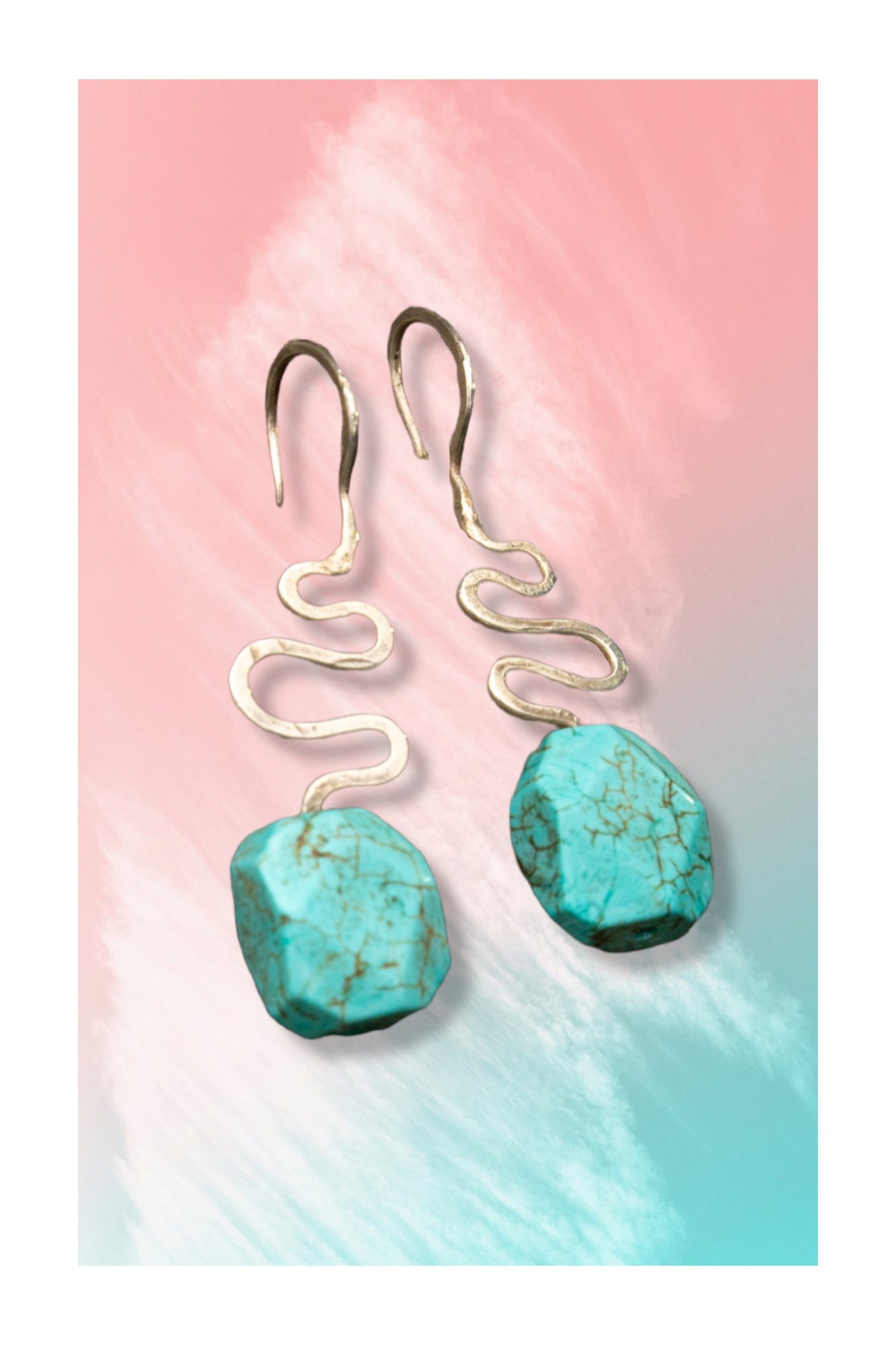Interview
Marta Sarasuati
Marta Roser Fernández Calduch, also known as Marta Sarasuati in the art world, was born in Madrid, Spain, in 1977, and is currently based in a small medieval village in Girona, Catalonia.
While studying fine art, Marta organized several solo exhibitions where she sold some of her work. She also had some of her works featured in a few publications, one of which was a publication cover.
Marta also writes essays and poetry. In 2018, she self-published a testimonial book about her feminine healing process. More recently in 2020, Marta was among the authors included in the book ‘Sin Censura To You (Primera Parte)’, Without Censure To You, First Part. This features an essay and podcast about research that Marta conducted during the COVID period.
What is your background and how did you start your journey in the art world?
“Ever since I was a child, I stood out because of my creativity, mostly through painting and crafts. My grandfather and his brother were painters, a talent that both I and my 12-year-old son have inherited.
I started my art career at the age of 18 because everyone advised me to study fine art. However, I didn’t finish the course. My drug use and life experiences resulted in a serious crisis that forced me to stop my studies. After I recovered, I decided to pursue Spanish Philology. Unfortunately, I experienced another crisis and decided to shift my career. This time, I chose to study social and cultural anthropology. I finished the course but couldn’t graduate. After a couple of trials, I gave up.
I also had a YouTube channel, reaching over 9000 subscribers in just three months. However, after two years of being continuously censored, I decided to leave. I went back to creating jewelry — an artisan activity which I’d started 10 years earlier, after recently becoming a mother. I also started to teach myself crochet and macramé. I sold textile jewelry, first to my relatives and then internationally through Etsy.
What really excited me was working with metal, first with German silver, brass, and copper. I took metal scraps from other artisans’ waste on the streets or from small workshops. I took a few classes on silversmithing and learned enough to set up my own jewelry studio. Since then, I’ve created more and more silver jewelry, but never gave up making textile jewelry and accessories. I make all kinds of up-cycled bijouterie, and other artisan and artistic creations.”

What does your work aim to say? Does it comment on any current social or political issues?
“The only idea behind my work is freedom itself. That is the main creative power. If any rules or aesthetics follow, they are the ones that are found in nature.”
Which current art world trends are you following?
“I don’t follow any trends. However, the Bohemian attitude has so many followers that it’s now established as a trend. Bohemian style—also known as Boho or Boho Chic—is a mix of lots of different old-fashioned styles. Ironically, though it was born as an anti-trend style, it’s become one of the main enduring trends in fashion.
The style I love most is eclecticism; the ‘more is more’, ‘the richer the better’, the ‘why be basic when it can be stunning?’ At the same time, I try to balance and find the essence in everything. It may be quite a contradiction, but I think that’s art at last—constantly going from one extreme to the other and trying to find, or not lose the balance along the way.”
“Mixing brass with color yields spectacular results. I usually take very earthy looks and then give them shiny accents.
It’s like a piece of wood in fall, when the sun hits the leaves and sends out color.”
Do you plan your work in advance, or is it improvisation?
“I mostly work with materials directly; maybe with a bare idea that can be transformed as I go. It’s not very often that I make a design and follow it. I love improvisation, being surprised while working, learning from mistakes, and accepting imperfection as a kind of beauty. In fact, there are some styles that embrace this aesthetic, like the Shabby Chic, which I love.”
What process, materials, techniques, etc., do you use to create your artwork?
“I love to work with raw, natural materials, mixing lots of things. For jewelry, working simply with silver and stones, or even just silver on its own is enough. You can add so many details with just smithing. But one thing I enjoy, as an artisan with an artistic background, is finding ways to add color. It can be done by using fire, cold enameling, or with patinas. Another way to add or work directly with color is using threads, like silk, or fibers like hemp or linen. This is one of my specialties. I also love adding all kinds of mixed beads, and sometimes mix the beads with feathers that I pick myself from nature or farms and clean ecologically. I look forward to one day be able to work with gold. I’ve started adding gold foil to some of my ceramic pieces.
I have no defined painting style yet. I love abstract expressionism, experimenting with strokes and transparency. Adding metallic touches to color is also one of my newest techniques that I enjoy immensely. However, I’ve sometimes worked with more structured compositions like mandalas and symbolism, and I like doing abstract figuration when drawing.
Since leaving the fine arts college, I’ve not painted much on canvas. Instead, I paint mainly on paper. One of my desires for the future is creating large paintings.”
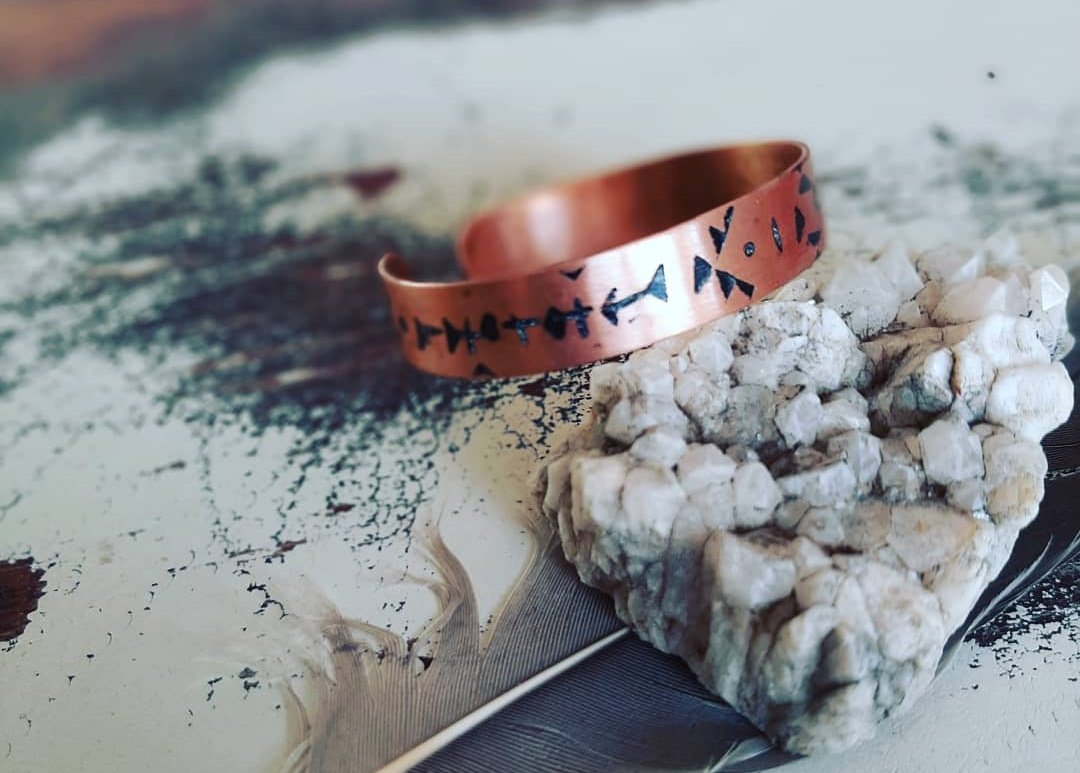
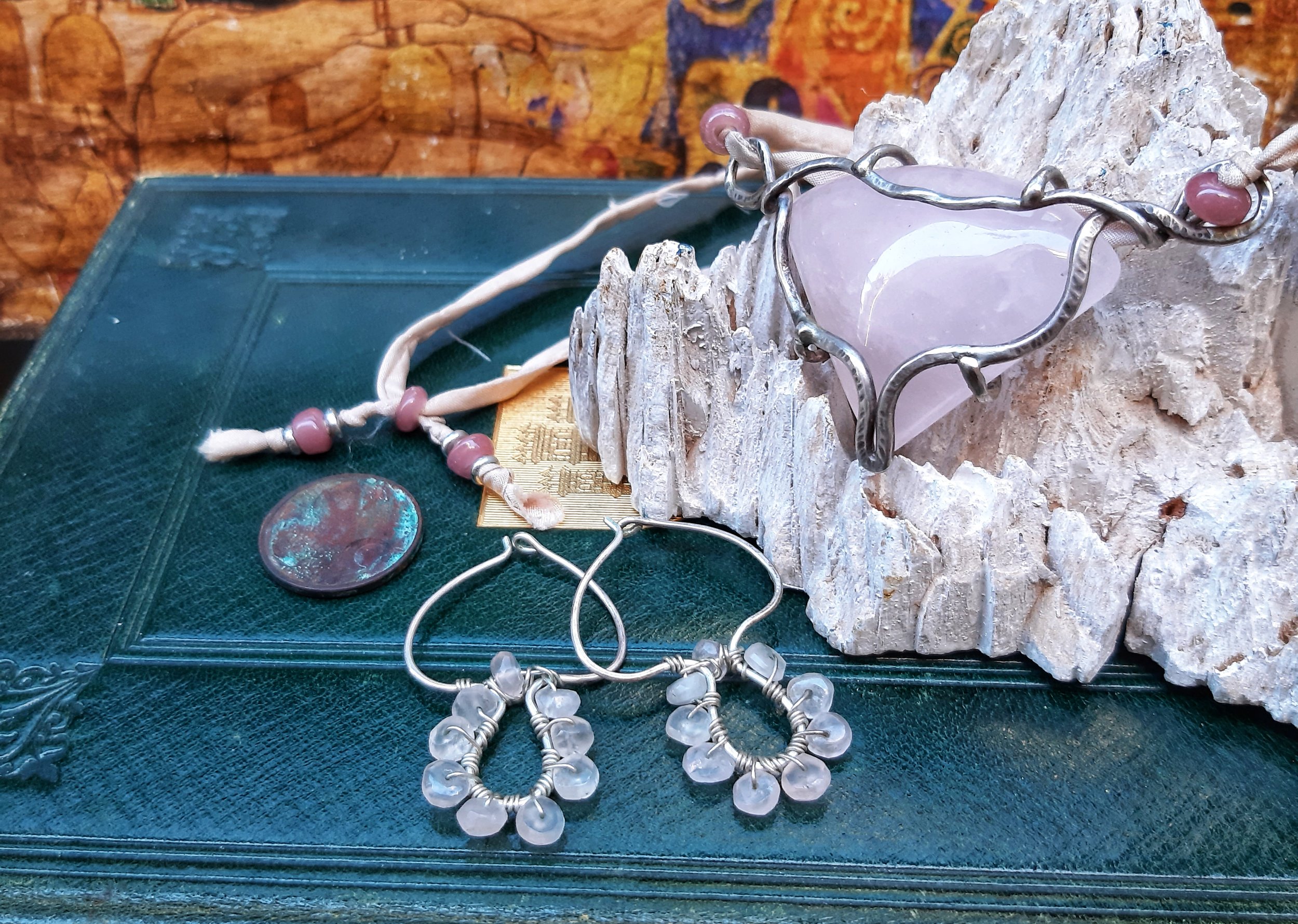
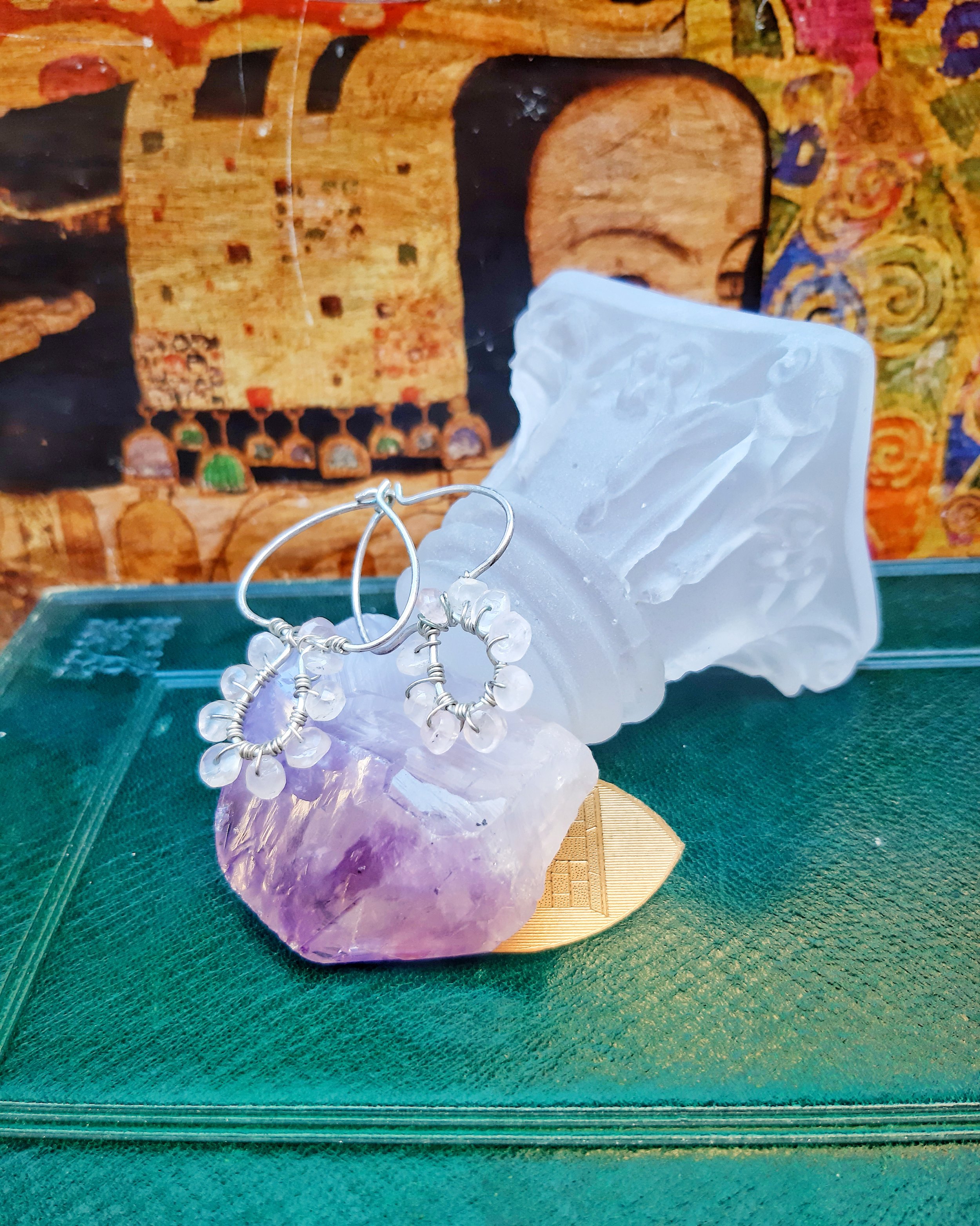
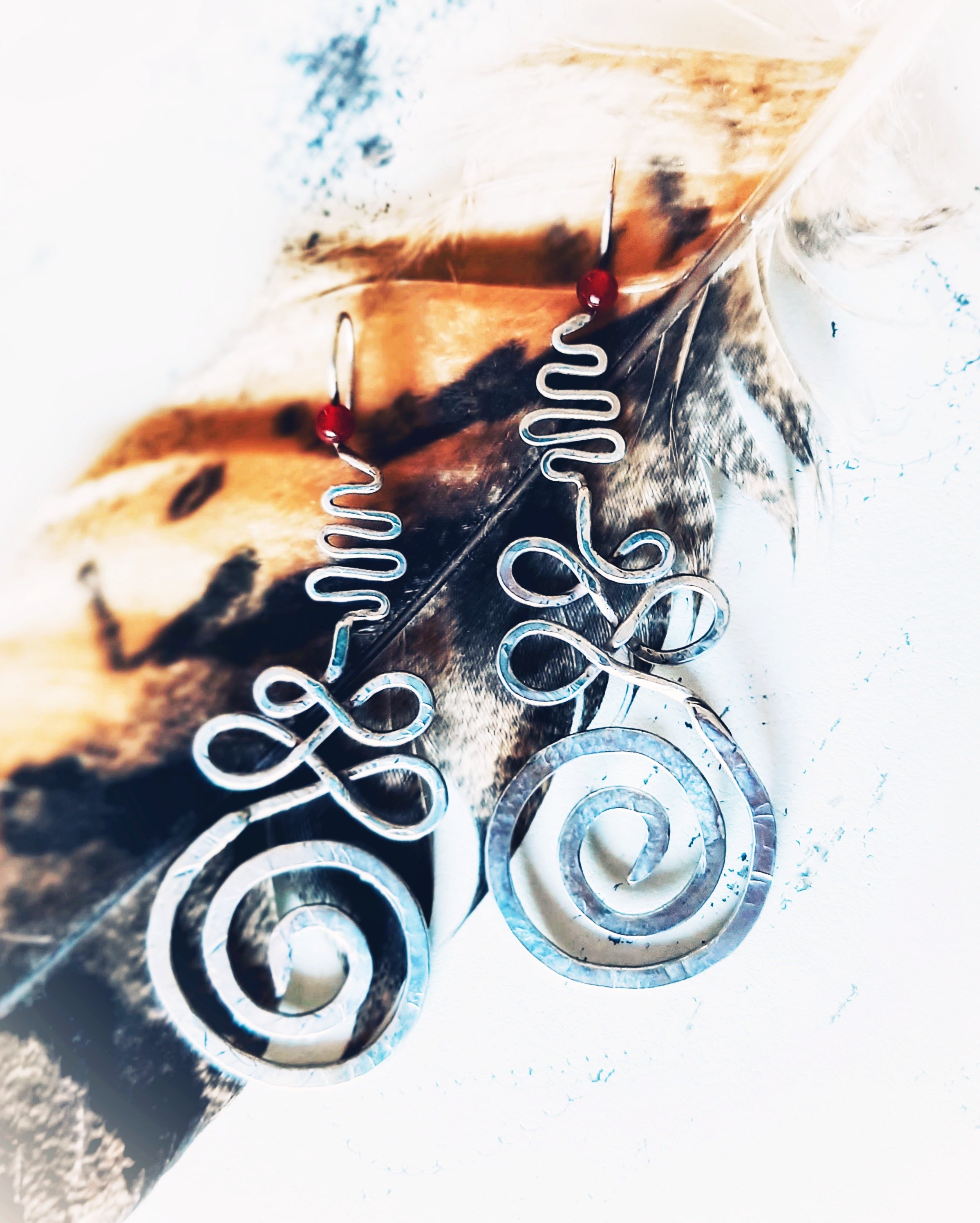
What does your art mean to you?
“Art is a way for me to cure the soul by letting it express itself in a particular mixture of rules and freedom. It is what shows as our specific style, resulting in something concrete that can be looked at, worn, or felt in many other ways. Art gives both creator and viewer a creative or contemplative experience that results in a more or less transitional sense of living.”
What is your favorite artwork and why?
“It’s very difficult to define just one favorite artwork. I love art in its many expressions. Each particular moment of my life presents me with a very different thing that I can enjoy. I haven’t been able to specialize in any art form because I can’t choose just one favorite thing to create.
I’m curious and always thinking about new things to try. I’m always ready to learn something new, and maybe someday I’ll find that particular form of expression that will be the result of many different experiences. Personally, I think that specializing in just one technique is boring, and can make you lose out on a variety of nurturing experiences.”
Have you had any noteworthy exhibitions you'd like to share?
“One special and exciting exhibition was at the Madrid IFEMA in 2016. At the time, some of my creations were selling at The Circular Project Shop, which specializes in eco and sustainable fashion. I wish that in the future I’ll be able to take part in similar collective exhibitions, because it’s a great opportunity to get exposed to a large section of the specialized public.
You can see all of my creative development since 2012 on my personal Instagram, and lots of product and modeling pictures from 2016 onward on my business Instagram.”
Website: www.martasarasuati.art
Instagram (Personal): @martasarasuati
Instagram (Business): @satuajoyas



